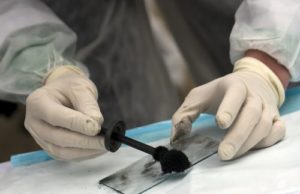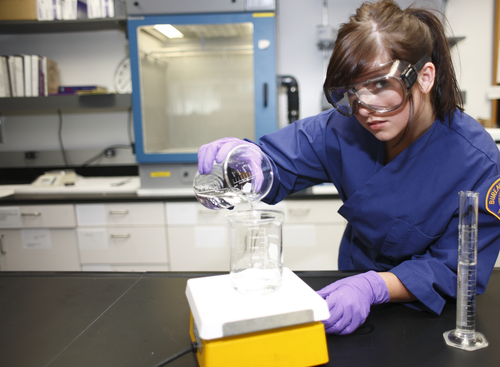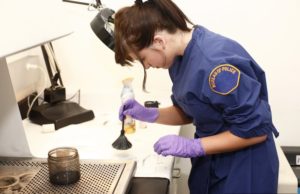 Crime Scene Investigation Explained:
Crime Scene Investigation Explained:
A crime scene investigation is the meeting point of law, logic and science. Evaluating and processing a crime scene investigation is a tedious process, that involves the fulfillment or documentation and exhaustive recording; every detail and the attached evidence located at a crime scene must be recorded and evaluated to accurately elucidate upon the facts regarding the underlying incident.
Crime Scene Investigation Process:
A crime scene investigation will commence when the underlying law enforcement unit receives a call from the police officers or detectives who were first called to the scene. The crime scene investigation unit will then arrive on the scene and subsequently secure it to prevent pedestrians or citizens from tampering with the evidence. The crime scene investigation unit will conduct an initial walk-through to get a feel for the scene. At this point the individuals will find out if anyone moved anything before they arrived and then create an initial theory based on visual examination.
The crime scene investigation team will then document the scene by taking photographs and drawing sketches during a second walk-through. Following this stage, the crime scene investigation can collect all potential evidence, tag it, log it and package it so it remains pure while on its way to the lab. The laboratory will possess all of the evidence gathered by the crime scene investigation unit.
Every crime scene investigation unit will handle the divide between field work and lab work differently. The process of evaluating and gathering evidence at a crime scene is the crime scene investigation, while the laboratory work is known as forensic science.


















